Nutritionists strongly objected
“Dirty Dozen” is a controversial list, reported annually by the Environmental Working Group (EWG), an American non-profit organization with a mission to improve human health and protect the environment. . This list includes 12 types of vegetables and fruits grown by inorganic methods and sorted based on pesticide residues on product samples collected by EWG. EWG also released a list of “Clean 15” including 15 types of clean vegetables and fruits.
EWG researchers collected data from the U.S. Department of Agriculture (USDA) pesticide residue sampling division on fruit and vegetable crops and from the U.S. Food and Drug Administration (FDA). FDA) on melons (because the USDA does not test for pesticide residues on this fruit).
Many nutritionists as well as associations and groups of organic and inorganic fruit and vegetable growers strongly oppose this list because they believe that “Dirty Dozen” is unnecessary and can prevent prevent people from adding enough fruits and vegetables in their menu.
However, toxicologist Dr. Alexis Temkin of EWG says “Dirty Dozen” provides consumers with valuable information so they can make informed choices about fruits and vegetables. tubers that they will consume.
List of “Dirty Dozen” in 2022
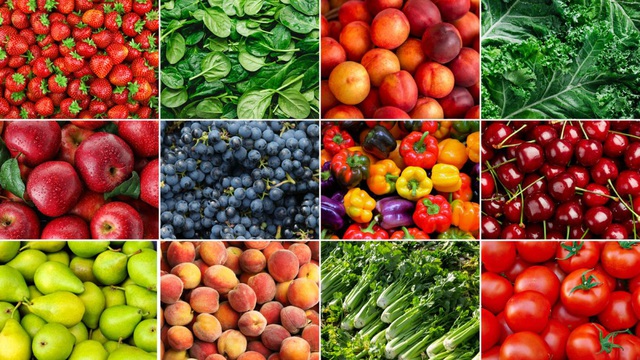
Vegetables are on the “Dirty Dozen” list in 2022. Illustration.
The EWG said more than 70 percent of fruit and vegetable samples it collected had “detectable” levels of pesticide residues. The types with the most pesticide residues are:
1. Strawberry
2. Spinach
3. Kale (kale), collard (collard) and kale
4. nectarines
5. Apples
6. Grapes
7. Bell peppers and hot peppers
8. Cherry (Cherry)
9. Peach
10. Pear
11. Celery
12. Tomatoes
“Clean 15” list in 2022
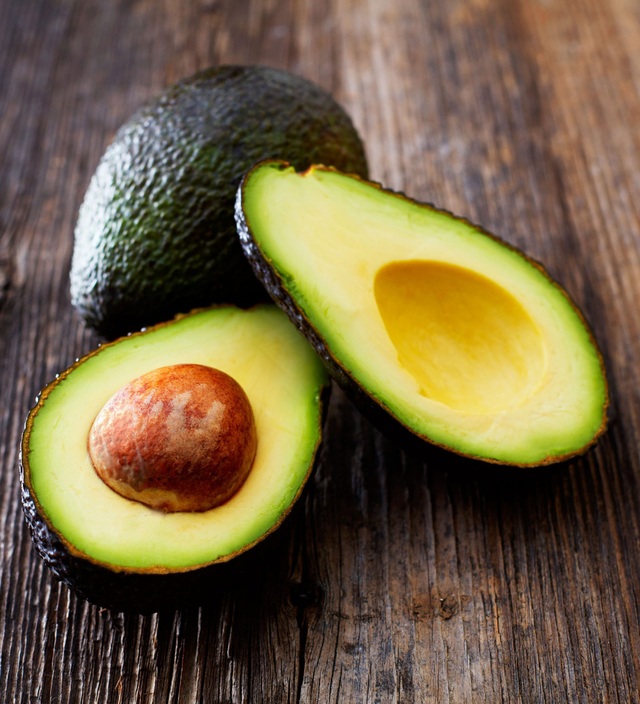
Avocado is ranked first in the cleanest fruits list by EWG. Illustration.
EWG scientists said they found no pesticide residues on nearly 70% of fruit and vegetable samples on the “Clean 15” list. Accordingly, this list includes:
1. Avocado
2. Sweet corn
3. Pineapple
4. Onions
5. Papaya
6. Peas (frozen)
7. Asparagus
8. Cantaloupe
9. Kiwi
10. Cabbage
11. Mushrooms
12. Cantaloupe
13. Mango
14. Watermelon
15. Sweet potatoes
Sample test method
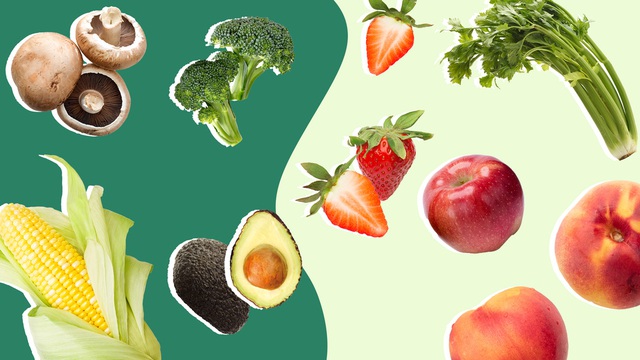
The “Dirty Dozen” list caused a lot of controversy. Illustration.
To come up with the “Dirty Dozen” list, the Environmental Working Group analyzed more than 44,000 samples collected by the FDA and USDA for product quality testing each year.
To measure pesticide residues on products, scientists measured on the following 6 criteria:
– Percentage of samples tested with detectable amounts of pesticides.
– Percentage of 2 or more detectable pesticides.
– Average number of pesticides in each sample.
– Average amount of pesticide, in parts per million.
– Maximum number of pesticides per sample.
– Total number of pesticides found.
The researchers then ranked the 46 analyzed fruits and vegetables, totaled scores, and made lists.
“Dirty Dozen” caused a lot of controversy
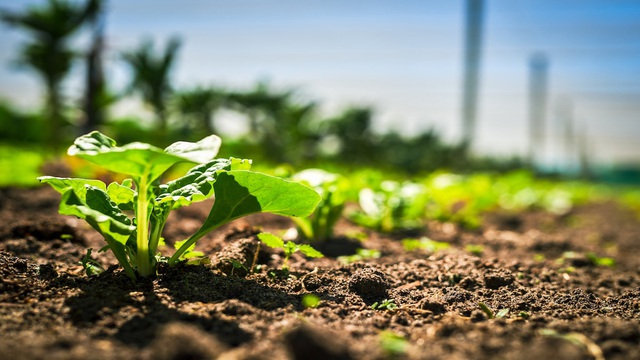
“Even organic farming can still use pesticides to protect crops….”. Illustration.
The Food and Agriculture Union of America reacted strongly to the list, noting that pesticide residues on products, if any, are very low.
“Don’t get too hung up on this list,” said Teresa Thorne, executive director of the Alliance. The female director believes that if grown completely organically, the price of finished products may increase and consumers will completely ignore these foods, especially for those with low incomes. “Choose what’s best for you and your family,” she said.
EWG’s Temkin acknowledged that all chemical residues found on the products were within the permissible levels set by the Environmental Protection Agency (EPA).
“Although the levels are within acceptable limits, that’s not necessarily safe,” Ms Temkin said. According to her, the purpose of the lists that EWG makes is to provide people with information so that they can choose the products they will consume.
“Our recommendation is to buy organic on the ‘Dirty Dozen’ list if possible, or focus on the ‘Clean 15’ list.”
What do nutritionists say?
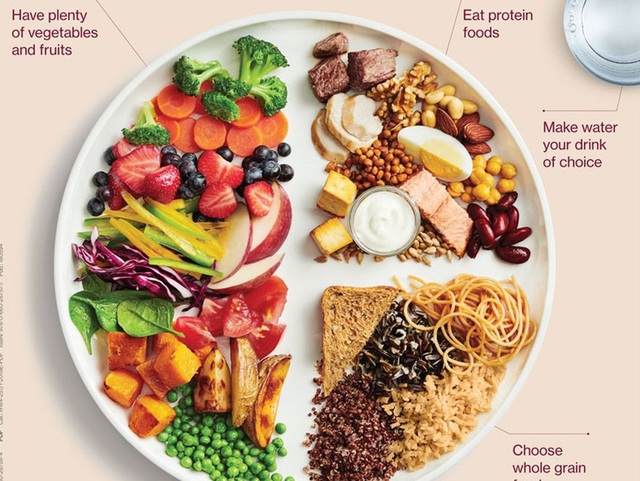
Vegetables and fruits are indispensable in each of our meals. Illustration.
Prof. Dr. Christine Rosenbloom, who used to work at Georgia State University (USA), is now retired and now works as a nutrition consultant in Atlanta, said “Dirty Dozen” sent messages that were offensive. confuse consumers and may cause them to avoid eating conventionally grown fruits and vegetables.
This professor emphasized: “Even organic agriculture can still use pesticides to protect crops. The difference is that organic agriculture uses pesticides that are described as ‘natural’. ‘, but that doesn’t mean they’re safer, better, or chemical-free.”
Accordingly, the female professor said that toxicologists at the University of California have shown that small amounts of chemicals on vegetables and fruits do not usually pose a health risk.
“I can eat up to 850 apples or 13,225 blueberries in a day without any health problems, even in the worst case as these fruits have the highest pesticide residues recorded by the US government. USDA”, Prof. Rosenbloom said.
Connie Diekman, a food and nutrition consultant and former president of the Academy of Nutrition (USA), said: “It is completely unnecessary to make these lists and only worries people. Plus, the amount they’re calculating is far below the level set by the EPA.”
As for how many fruits and vegetables to eat a day, Ms. Diekman advises: “Half of the food in your meal should be green vegetables and fruits”.
According to the current Dietary Guidelines for Americans, each adult should eat 2 cups of vegetables (equivalent to 256g) per day.
(Source: WebMD)
at Blogtuan.info – Source: cafebiz.vn – Read the original article here



